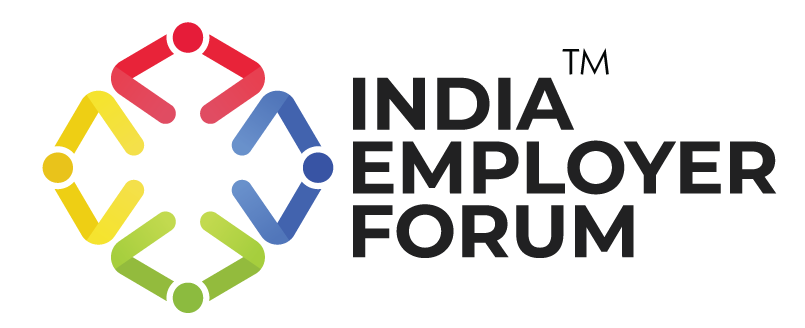Equity and equality are terms often used interchangeably; however, they are two different concepts. Simply put, equality is treating everyone the same under the organisation’s existing work culture irrespective of age, gender, race, etc. Equity is knowing that workforce members come to work each day with specific support or resource requirements that need accommodating before treating them equally.
Why is equity and equality in the workplace important?
According to a recent CNBC/SurveyMonkey Workforce Survey, nearly 80% of the workers said they wanted to work for a company that values diversity, equity and inclusion. Shifting focus from treating the staff equally to equitably makes the employees happier with their jobs.
Here’s how:
- It creates a more inclusive workplace where employees can freely express themselves, not just their talents and aspirations but also their fears, doubts and apprehensions.
- Equitable access to opportunities brings multiple perspectives that support innovation and help with problem-solving. For instance, a video presentation with closed captions will allow even a teammate with a hearing disability to contribute their ideas and perspective.
- Companies with equitable work cultures have 22% lower turnover rates (Survey by Deloitte).
You might also be interested to read: Economic Resurgence Through Gender Equality
How to ensure employee equity at the workplace?
Transitioning to equitable organisational processes to enable employees to reach their full potential. Here are some pointers on how you can achieve that:
Analyse various stages of the employee life cycle: Consider how equality and equity are present in different stages of your employees’ life cycle and how you can create a more equitable experience at each stage – recruitment, onboarding, L&D policies etc.
Collect feedback: Various surveys, creating employee focus groups and building an employee listening strategy are helpful ways to solicit feedback from candidates and employees at different stages of the employee life cycle. Ensuring that these surveys are accessible to all is also crucial. For instance, using alternate text for non-text online content or enlarging the text size will make these more accessible to hearing or visually impaired staff.
Pay equity: Paying employees the same for doing equal value of work is at the core of pay equity unless there is a good reason for differences in pay for the same position, such as qualifications or experience.
Pay equity analysis is an excellent way to uncover pay gaps and develop strategies to close them.
Diversity in organisational leadership: A survey by Gartner showed that 88% of DEI leaders perceive bias in their organisation’s promotions and succession processes. Creating strategies to build a diverse leadership bench is therefore essential to come closer to organisational equity.
Effective succession planning through targeted college hiring, mentoring, creating customised leadership development plans and enabling self-managed teams can help build diversity in leadership.
Measuring equity and tracking progress: Using metrics to measure equity and track progress regularly can help build an increasingly equitable organisation.
Building a work environment that focuses on equity and equality is a continuous process of gathering feedback, optimising where required, and starting the cycle again.
References:
- Equity vs. Equality in the Workplace: An HR’s Manual | AIHR | Aug 08, 2022
- Majority of employees want to work for a company that values diversity, equity and inclusion, survey shows | CNBC | Apr 30, 2021
You might also be interested to read: Why Gender Equality In Leadership Is Good For Business






